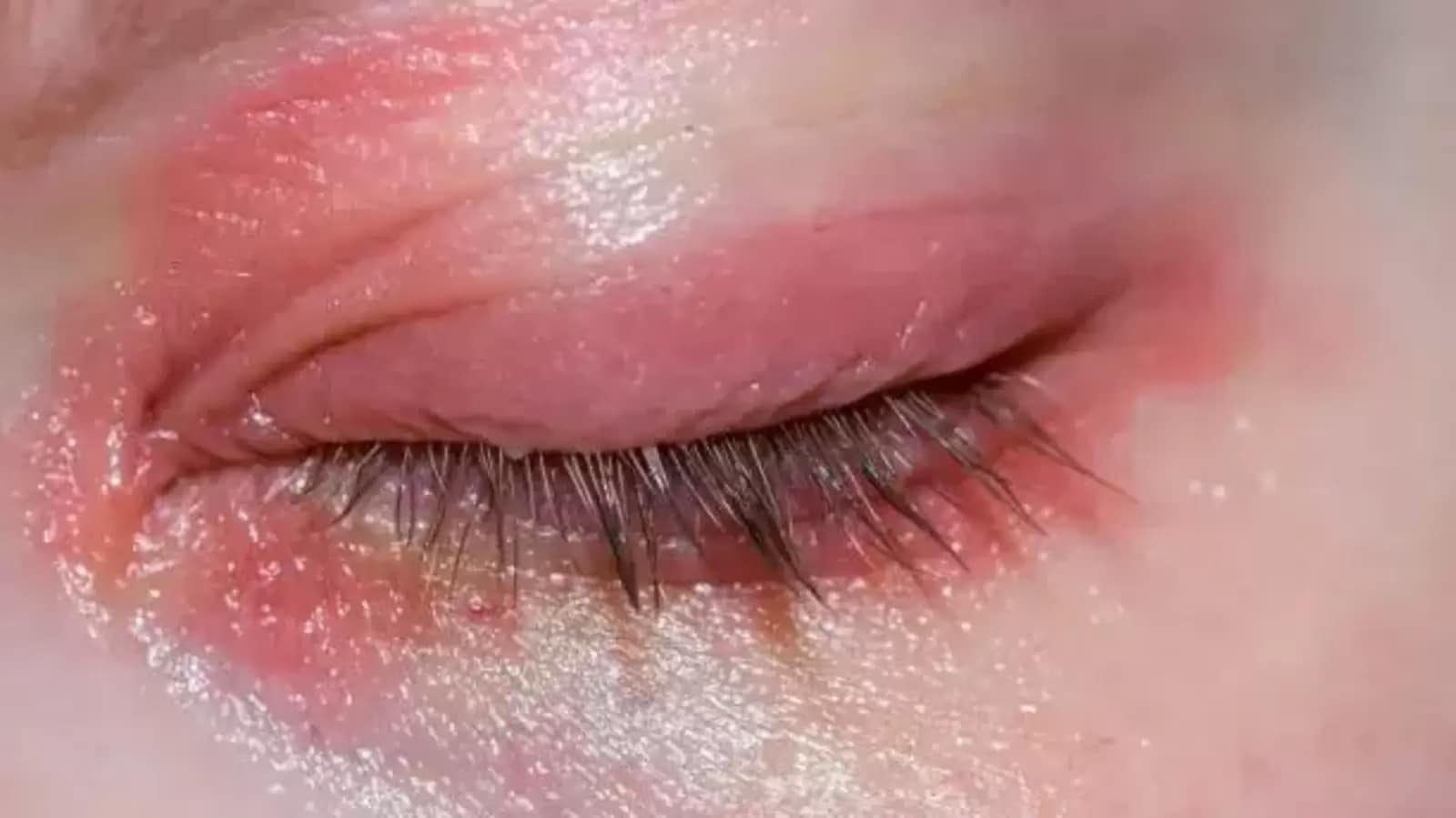The sudden onset of a rash or irritation around the eyes, often accompanied by a persistent itch, excessive watering, and noticeable redness, serves as a common and often uncomfortable indicator of ocular allergies. These immediate warning signs, as emphasized by medical professionals, are critical cues that the body is reacting to an allergen, necessitating prompt recognition and appropriate intervention for effective eye health management. Affecting a significant portion of the global population, these allergic responses can profoundly impact daily comfort and overall well-being.
Delving deeper into the symptomatic presentation, individuals with ocular allergies typically report intense pruritus, a relentless itching sensation that can be almost unbearable and often leads to an urge to rub the eyes, inadvertently exacerbating irritation. This is frequently coupled with lacrimation, or excessive tearing, where the eyes produce more tears than usual, attempting to flush out the irritant. Furthermore, conjunctival redness, a visible inflammation of the clear membrane covering the white part of the eye and the inside of the eyelids, is a hallmark sign, often giving the eyes a bloodshot appearance. Other accompanying discomforts might include a gritty sensation, light sensitivity, or mild eyelid swelling, all contributing to significant visual distress.
Understanding the triggers behind these reactions is paramount for effective allergy management and superior eye care. Common culprits range from environmental allergens like pollen, which peaks during specific seasons, to perennial irritants such as dust mites, pet dander, and mold spores. When these microscopic particles come into contact with the sensitive tissues of the eye, they provoke an immune response where the body releases histamine, leading to the characteristic inflammatory symptoms. Identifying personal triggers through careful observation or medical testing can provide invaluable insights into preventive strategies.
For immediate relief, several accessible care tips can be employed to alleviate acute symptoms. Over-the-counter lubricating eye drops can help flush out allergens and provide soothing moisture, while antihistamine eye drops specifically target the histamine response, reducing itching and redness. Applying a cool compress over closed eyes can also offer significant comfort by constricting blood vessels and reducing swelling. Crucially, resisting the urge to rub itchy eyes is vital, as this action can further irritate the delicate ocular tissues and potentially introduce bacteria, leading to secondary infections.
Beyond symptomatic relief, proactive preventive measures are key components of a comprehensive eye health strategy. During high pollen seasons, keeping windows closed, especially in the car and home, and utilizing air purifiers can significantly reduce indoor allergen exposure. Regular cleaning of bedding and curtains to minimize dust mites, along with diligent personal hygiene, such as washing hands frequently and avoiding touching the eyes, are also highly effective. For contact lens wearers, adhering to proper cleaning schedules and considering daily disposables during allergy season can prevent allergen buildup and irritation, ensuring continued eye wellness.
While home remedies and over-the-counter solutions offer considerable relief, seeking professional medical advice is imperative, particularly when symptoms are severe, persistent, or significantly interfere with daily functioning and vision. An ophthalmologist or allergist can provide a precise diagnosis, rule out other conditions, and prescribe stronger medications, such as mast cell stabilizers or corticosteroids, if necessary. A tailored treatment plan ensures that the underlying cause of the ocular allergy is addressed effectively, leading to more sustainable symptom control and improved quality of life.
By fostering a deeper understanding of allergic triggers and diligently implementing these expert-backed recommendations, individuals can proactively mitigate discomfort, safeguard their ocular health, and substantially enhance their overall quality of life when confronted with the challenges of recurring eye allergies. This guidance empowers readers to take control of their symptoms and achieve clearer, more comfortable vision, transforming a disruptive condition into a manageable aspect of their personal wellness journey.
Discover more from The Time News
Subscribe to get the latest posts sent to your email.



